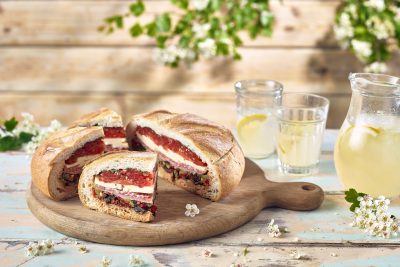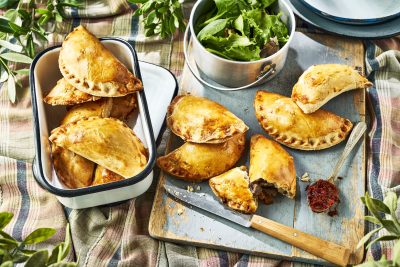
Food For Free – Northern Foraging
by Laura Storey
FORAGING FANATIC PETE COMPSTON TAKES US ON A WILD SHOPPING TRIP ON OUR DOORSTEP AND SHOWS US THE WONDERS OF NATURE’S LARDER
With the arrival of the new year, nature’s rhythms become apparent. Though brown leaves blanket the ground, hedgerows remain adorned with various shades of green. Berries contribute to a vibrant medley of colours, and mushrooms emerge above the frost from the forest floor, perfect for Northern foraging.
For many of us, though, these plants may not appear as food at all – a supermarket shop is required for picking up essentials, but for Colner Pete Compston, founder of Pendle Plant Craft, which runs activities across Colne and Pendle, a walk through the woods is his weekly shop.
An experienced forager, Pete can spot food in the nature all around us, but he wasn’t always this way.
“About seven years ago, I had a really tough time,” Pete explains. He had an outdoor job, and luckily, spending time in nature helped him to heal. “I don’t want to seem like a total hippie,” Pete laughs. “But I was spending a lot of time with trees, and I started to learn more about them. I discovered how interconnected nature is – it teaches us much about ourselves and how we are more part of nature than we act.”
This discovery encouraged Pete to reignite his connection with nature. He spent a year living almost solely off the plants he foraged, and as his understanding bloomed, so did his mental health.
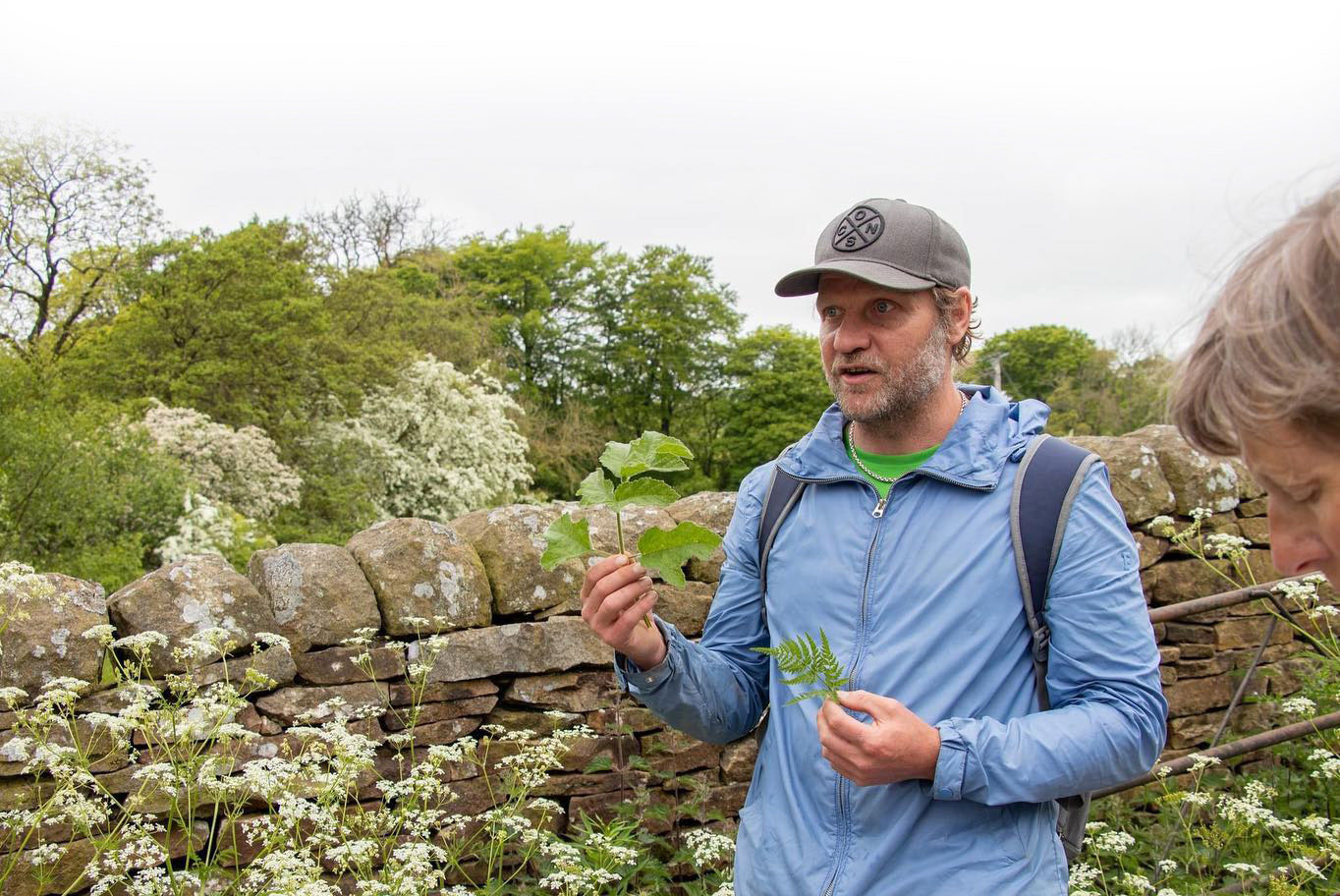
Sharing foraging knowledge
“I couldn’t get help from professionals,” he explains. “When antidepressants didn’t work for him, he was left feeling hopeless. It was only when he began to forage that he realised there were steps he could take himself to get on the road to better mental health. “You can’t learn to forage without learning to be your responsibility,” he says.
“Foraging is ancient knowledge that doesn’t rely on systems but on ourselves and the community. It can help people like me who fall through the gaps, especially in mental health services. I’m acutely aware of how wonderful these services are as I’ve been in roles supporting vulnerable people, but they can’t cover everything.”
As foraging helped Pete overcome his mental health issues, he was keen to share it with others. During the early days of the pandemic in 2020, Pete decided to post a status on Facebook asking if anyone wanted to go out foraging with him and collect some free food.
“I didn’t expect anything from it, really,” he explains. But it was the start of Pendle Plant Craft, which Pete describes as “a lovely bunch of folk – adventuring Pendle and sharing knowledge and understandings of nature.”
There’s been some truly magical moments with people learning together,” he beams. “It’s been wonderful sharing it with others and seeing others sharing what they’ve learned.”
Anyone can go to the group’s free foraging walks around the Pendle countryside. For more information, visit the Facebook page – Pendle Plant Craft (free foraging and well-being walks).
Pete’s Winter Northern Foraging Tips
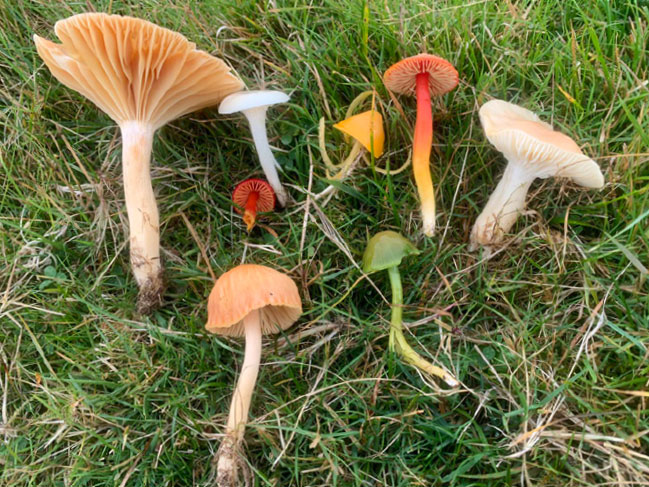
Winter unveils a hidden world of remarkable forageables, nature’s treasures waiting to be explored. Personal responsibility takes centre stage in this journey of discovery, as does the importance of thorough research. I’ll provide you with very brief insights into just a few of the many winter wonders, but for a deeper dive, look these plants up yourself and consider joining our free foraging walks with Pendle Plant Craft and becoming part of our vibrant Facebook group. It’s a thriving community of passionate people learning together, with some incredibly knowledgeable folk keen to help with queries about all these wonders on our doorsteps.
Remember, caution is your compass; never use or consume anything unless you’re absolutely confident in your identification. Always be diligent in checking for contraindications, especially during pregnancy and breastfeeding, and start with a small sample before embracing larger quantities. Some people may have sensitivities or allergies when using both topically and ingesting wild plants.
Please don’t forget to forage mindfully and learn the etiquette here. Especially around caring about nature, as this is also a good way to stay safe.
Herb Robert:
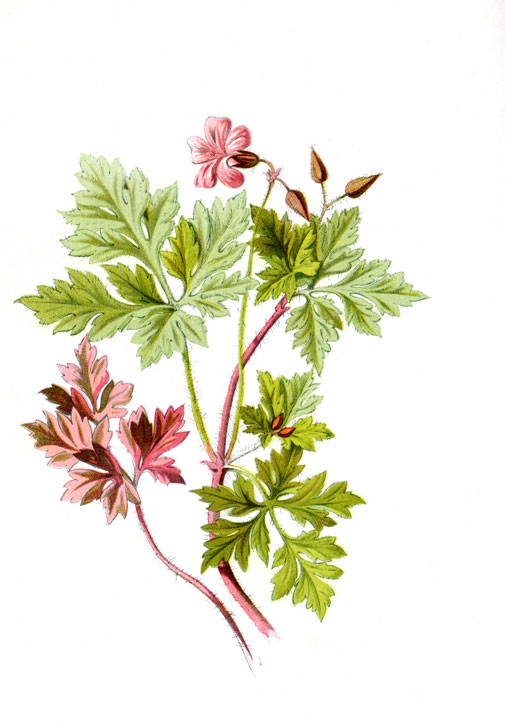
This exceptional winter herb thrives abundantly in the north, adapting to diverse habitats. Its contributions to well-being are manifold. Rich in vitamins and minerals, Herb Robert boasts a richness in vitamin C that fortifies our immune system. Among its many mineral treasures, Germanium shines as a powerful oxygen catalyst, enhancing our body’s ability to optimise oxygen utilisation, creating an inhospitable environment for pathogens. Its anti-inflammatory properties prove invaluable for kidney and bladder health, and there’s emerging evidence of its potential in managing high cholesterol blood pressure and combating cancer.
Brambles:

A familiar favourite among foragers, Brambles offer more than just the berries. Every part of the plant holds value, provided you carefully navigate the thorns. Early spring brings delectable new growth shoots, perhaps even more enticing than the berries themselves. The leaves remain a valuable resource for crafting wild herb teas in winter. An essential ingredient in almost all the teas I make for myself and others, Bramble leaves are known for their numerous health attributes. They also contain Eugenol, a compound excellent for treating mouth sores like ulcers and abscesses. Crafting a poultice by chewing a leaf (mind those thorns on the central vein) can provide instant and lasting relief.
Ivy as Washing Detergent:

Consider a sustainable alternative by using ivy as a washing detergent for your clothes and bedding. Although toxic to ingest, it’s MUCH kinder to the environment and to your wallet and, importantly, your skin and respiratory system. Unlike chemical-based detergents that can have detrimental effects, ivy offers a gentle, eco-friendly cleansing solution.
Hairy Bittercress:
A miniature powerhouse in the Brassica family, it shares a kinship with everyday produce like cabbage and cauliflower. Its modest stature belies a zesty, peppery flavour tucked within rosettes of pinnate leaves, spreading with vigour—often deemed a nuisance by gardeners yet revered by foragers for its myriad benefits. Aside from its culinary allure, this herbaceous marvel boasts a rich history as a remedy for digestive, respiratory, and skincare concerns. Loaded with glucosinolates that efficiently remove carcinogens from our bodies, Hairy Bittercress detoxifies while its high Vitamin C content (present in a lot of winter wild edibles) fortifies our immunity in winter—Mother Nature does seem to put what we need, where we need it when we need it. Moreover, its beta-carotene content aids eye health without the risk of toxicity that comes with too much Vitamin A, as our bodies smartly regulate its conversion from beta-carotene to Vitamin A, only converting the amount the body needs. Hairy Bittercress shines for its taste and holistic nourishment, offering a plethora of flavours and a bounty of nutrients. Let’s embrace these ‘weeds’ for their splendid contributions to our palates and well-being.
The Scots Pine:
Standing tall and grand, a stalwart in the pine family captivates with its enduring presence. Our only native pine tree admired for its beauty; this evergreen tree weaves itself into the fabric of nature, its resinous needles exuding the very essence of the wilderness. Beyond its aesthetic appeal, the Scots Pine holds hidden treasures. Traditionally valued for its medicinal attributes, it’s hailed for potentially aiding respiratory health with its vitamin C-rich needles, a fortifying ally during colder seasons.
“Scots Pine isn’t just a visual spectacle; it’s a reservoir of holistic virtues waiting to be embraced.”
Moreover, its resin, rich in antioxidants, boasts natural antiseptic qualities, possibly benefiting skin health and wound care. Delving into traditional medicine, its extracts have been explored for potential anti-inflammatory and antimicrobial properties. Like Hairy Bittercress above, it also contains beta-carotene. The Scots Pine isn’t just a visual spectacle; it’s a reservoir of holistic virtues waiting to be embraced. However, caution should be taken to differentiate it from the Deadly Yew tree, which is simple—Scots Pine needles are long and come in sheaths of two.
Here are just a few more of the many winter wild edibles for you to research and consider foraging to include in winter meals:
Golden Saxifrage
Chickweed
Hazel Catkins
Common Sorrel
Yarrow
Cow Parsley (not for the beginner as it is a close lookalike for the extremely poisonous Hemlock)
I must emphasise that none of these plants are to be used in response to any medical condition, especially not without consulting a specialist. Please do your research on any wild food before use. These are my learnings, often retained due to relevance to my own/family and friends’ usage. You may likely find even more benefits to any of these relating to your needs. Scientific evidence supporting the specific medicinal properties and nutritional benefits of plants may vary, and some information might be based on traditional uses rather than concrete scientific studies. The world of foraging is rich and abundant, even in winter. Join Pendle Plant Craft for free foraging and well-being walks to learn about more useful plants. Not forgetting the fascinating world of trees and mushrooms.
Discover foraging recipes perfect for using what you’ve gathered here.
NorthernLife Jan/Feb 24



